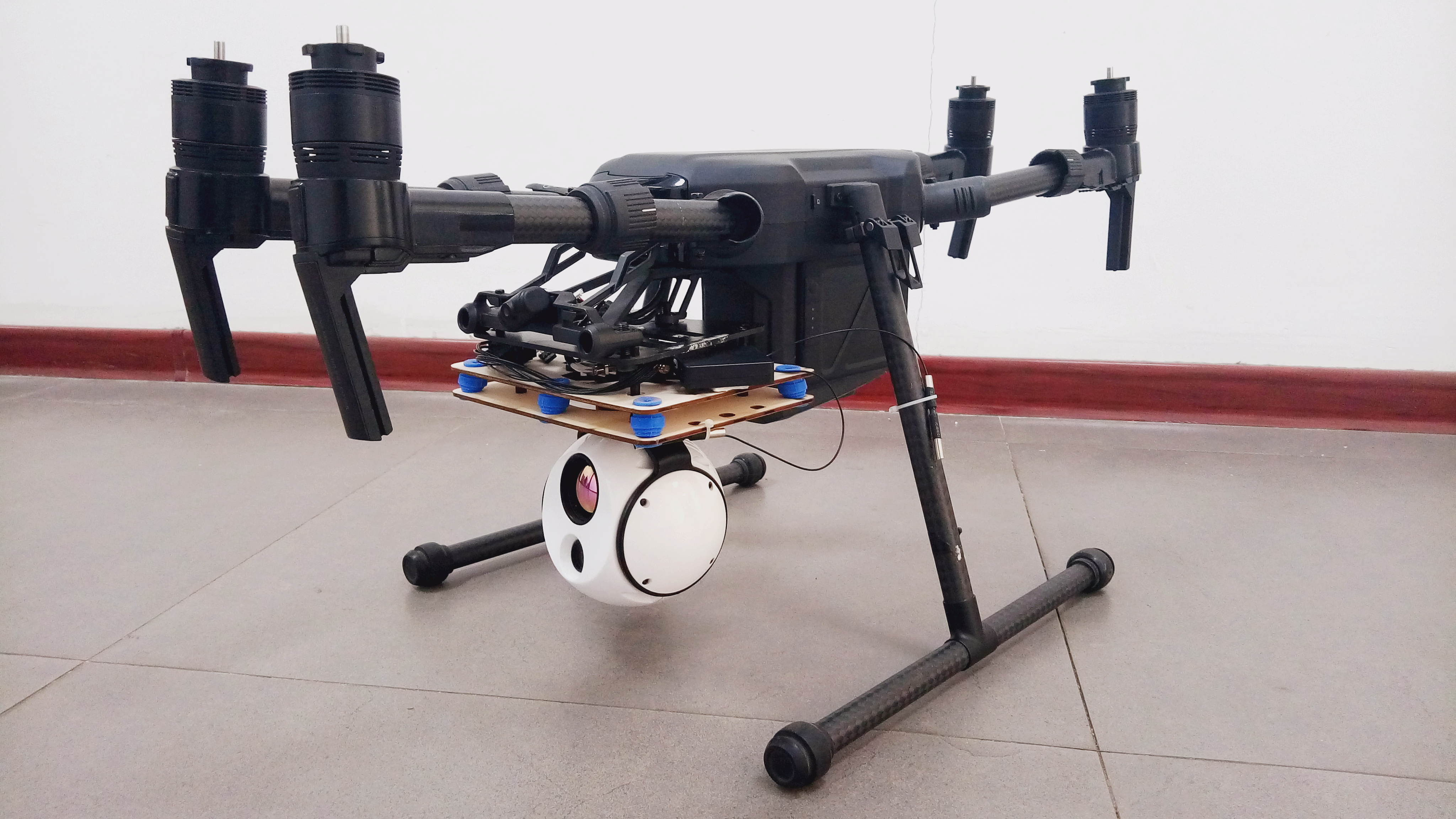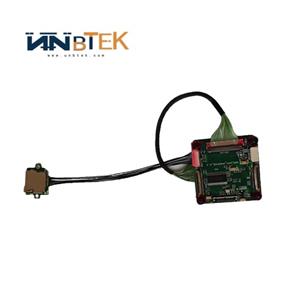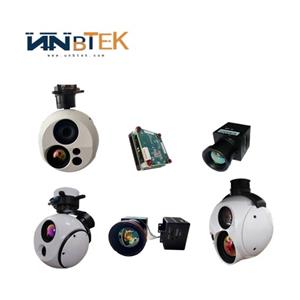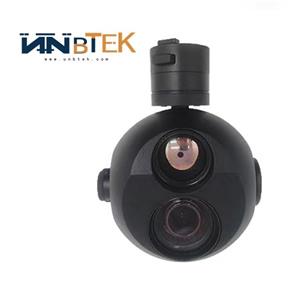Why Do We Need a Gimbal?
Recommended Drone Gimbal Payload
Today, let's discuss and share a three-axis mini gimbal payload used in scientific research and development. After entering the drone industry, the most urgently needed equipment is not the flight controller. After all, open-source flight controllers like PX4 and APM are everywhere, and professional flight controllers from companies like DJI are also diverse and feature-rich. The problem people encountered is the lack of a suitable gimbal payload!
Why Do We Need a Gimbal?
The gimbal payload is one of the core components in drone application development. Currently, as AI technology is increasingly applied to drone platforms, there is a great need for an appropriate payload for video and image processing and serving as an input for applications such as target detection, tracking, positioning, obstacle avoidance, takeoff and landing, navigation, etc. Many university research labs and experimental labs have drone projects, and some companies also need drone validation platforms for technology verification or small projects. However, currently, drones are common in the market, but gimbals are not.

Features of a Research and Development Gimbal
A suitable gimbal payload should have at least the following features:
Affordable Price: A low price can greatly reduce the cost of trial and error. Assembling a drone costs just a few thousand yuan. If the payload costs tens of thousands, it's basically unplayable unless the team is well-funded or the technology is highly mature with little risk in flying.
Small Size, Light Weight: The payload is hung on the drone. The larger and heavier the payload, the larger and heavier the required drone. I have a unique love for drones with a takeoff weight below 5kg. Once the weight exceeds 5kg, maintenance, flight, and safety become too inconvenient. For early validation and development, I greatly prefer small drones! That's why the DJI M100, a research drone, is so popular.
User-Friendly Video and Image Interface: "User-friendly" here means easy to use and accessible. Many industrial-grade gimbals have SDI, 422, and other output interfaces, and many gimbals output HDMI, which is simply unusable on small drones! The journey from the gimbal image to your application app is too long and winding, requiring various auxiliary conversion modules or custom hardware driver interfaces, etc., to get the image, which is exhausting!
Of course, another important point is that the gimbal image needs to be connected to mainstream onboard computers like Jetson, NUC, Raspberry Pi, etc., which only have USB and Ethernet ports. Therefore, it's best for the gimbal output to seamlessly connect with them! The most familiar image capture method is using a USB network camera, which can be accessed directly with
cv2.VideoCapture(0)!Many industrial-grade gimbals, including DJI's, have software and hardware interfaces that are not friendly and have low generalizability, making them more difficult to use.
Good API Communication Control Interface: The gimbal payload must be controllable by you and provide feedback data! Serial port communication control or Ethernet communication control are preferred by many! I remember when I was in school, and the drone industry was just picking up, many gimbals were controlled by PWM, and there weren't many with Sbus control. You needed an additional USB to PWM embedded module, which was such a hassle.
Basic Functions: Three-axis/two-axis stabilization, large controllable angle range, fast response, stable without shaking, quick start-up, HD video output, one-key return to center, follow mode, etc.




